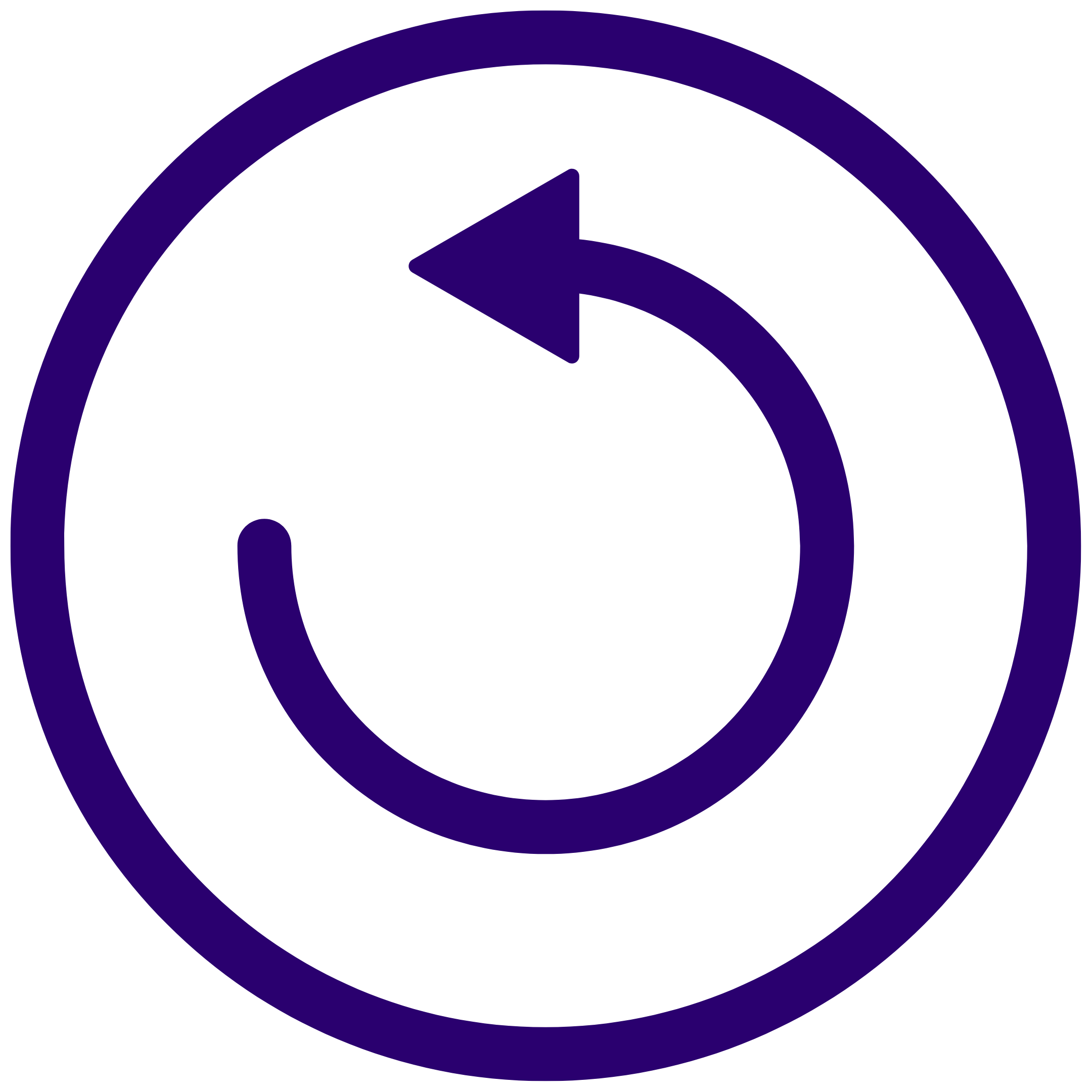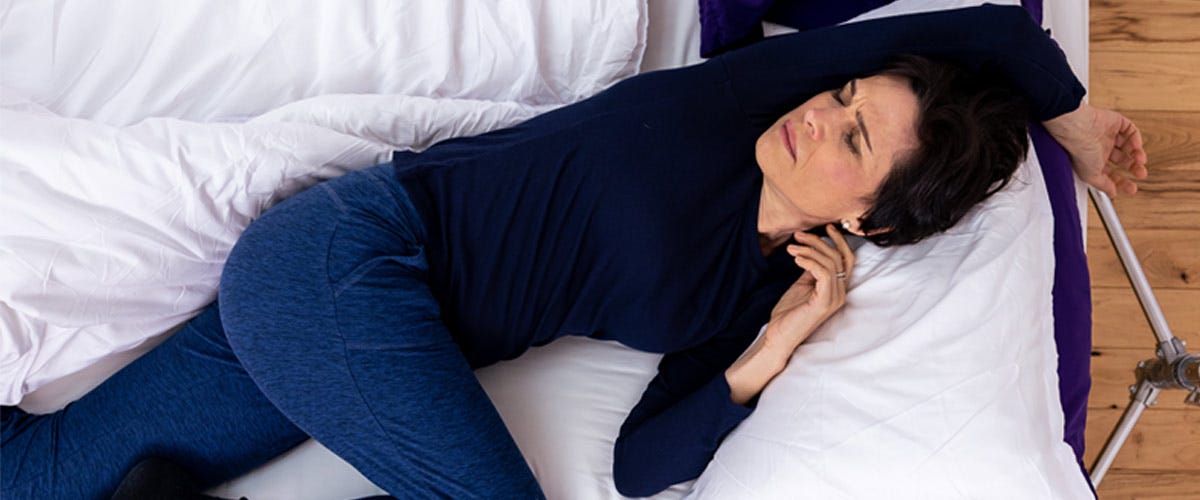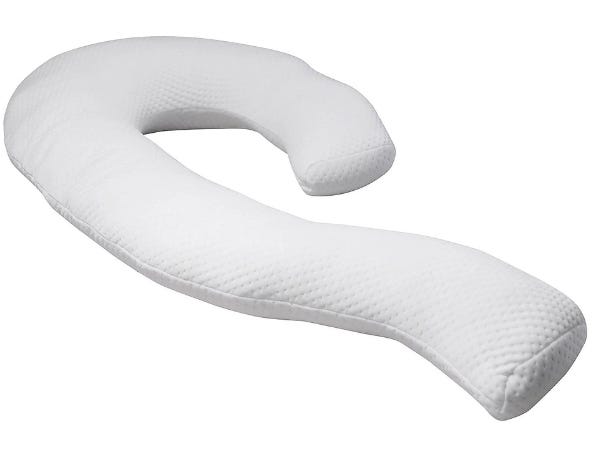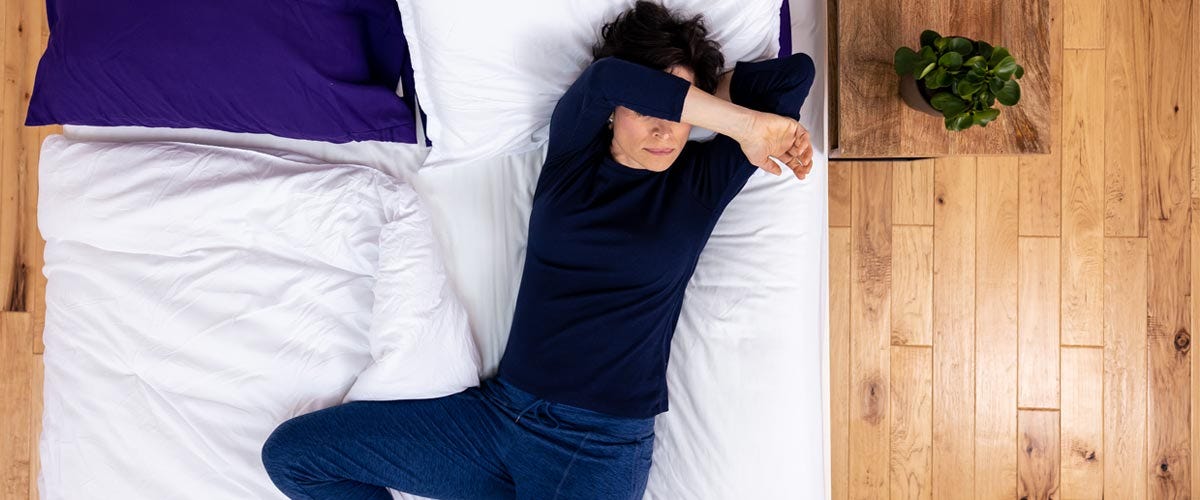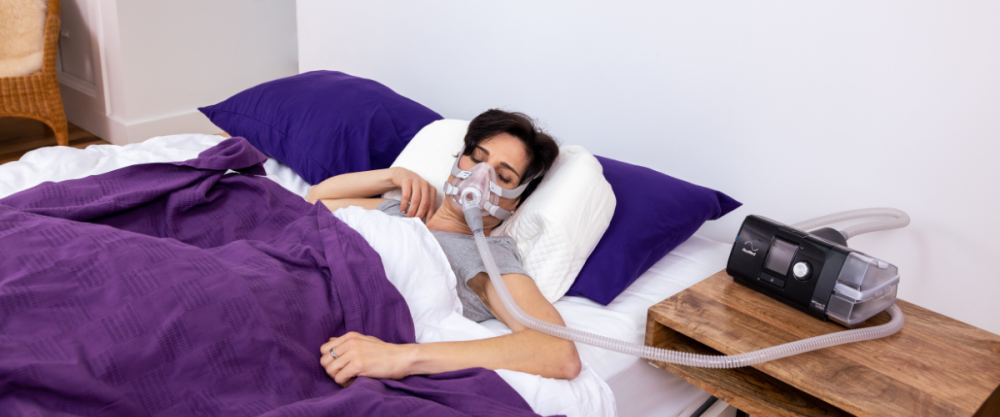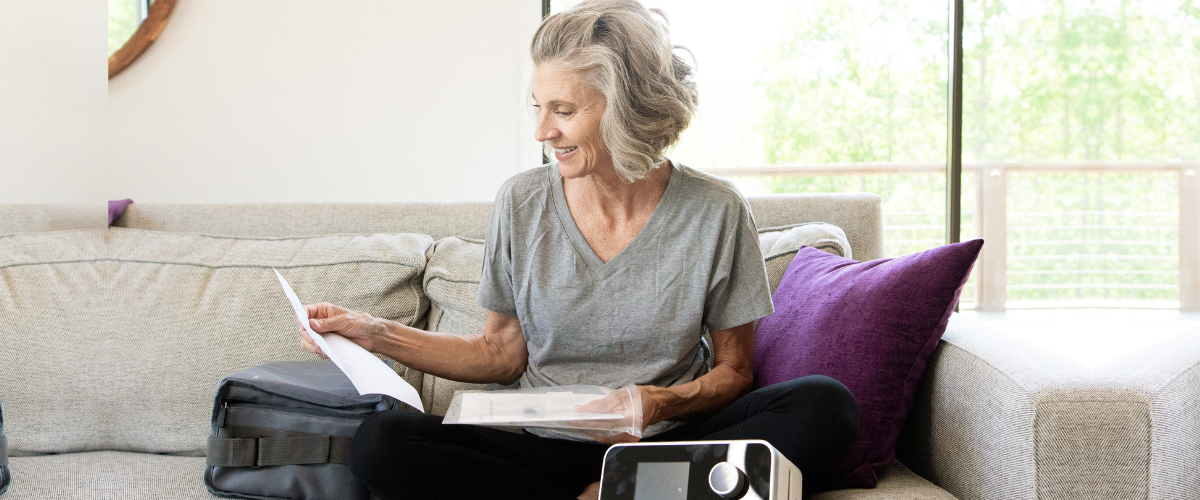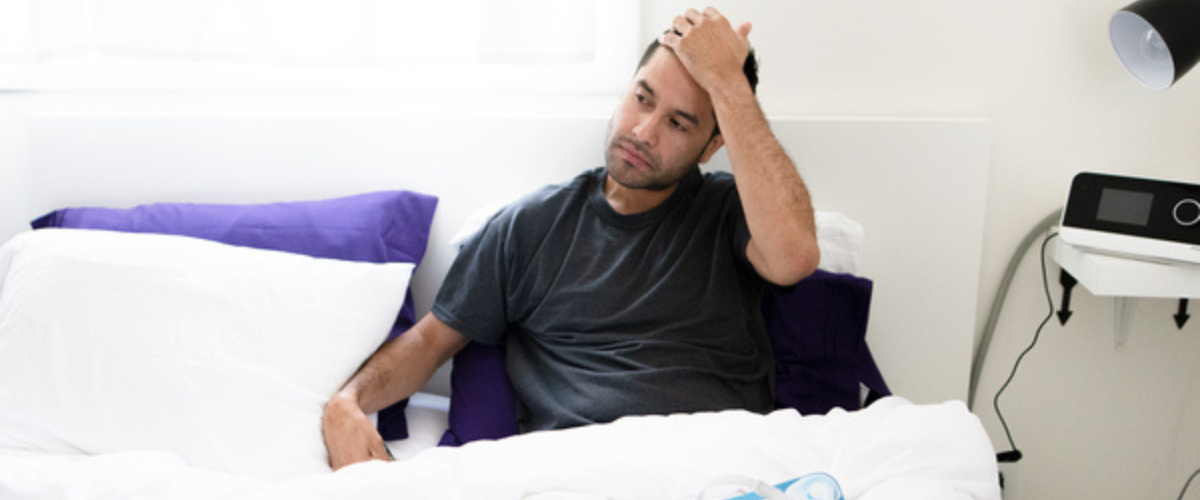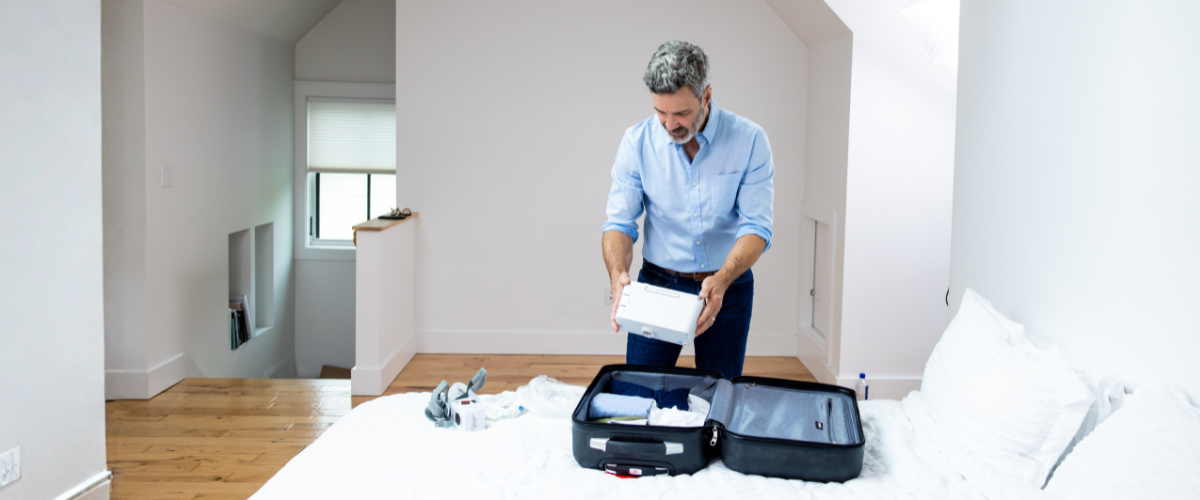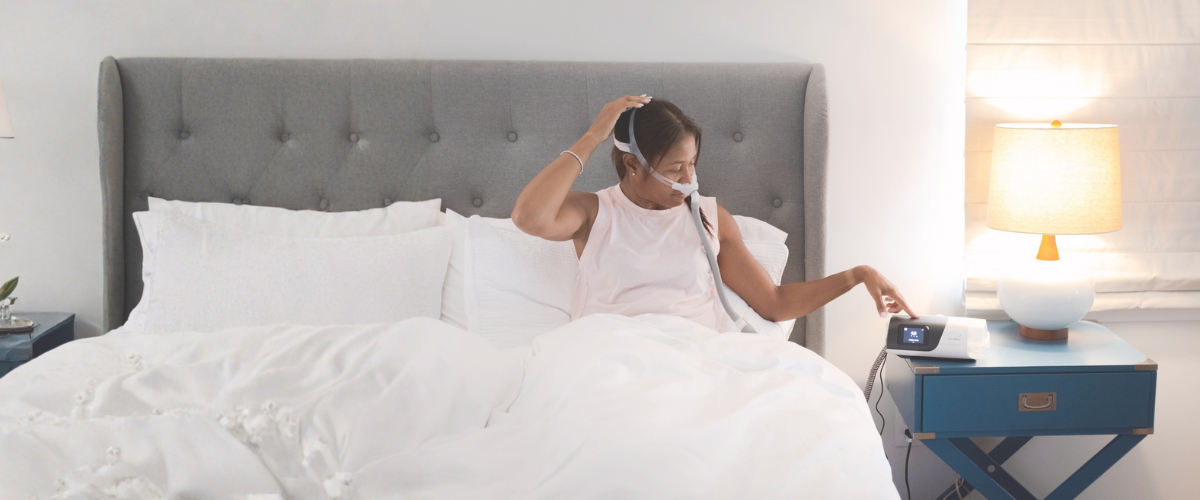As a new sleep apnea patient, it’s natural and sensible to research the least invasive (and least expensive!) treatment options to try first. We're here to clarify the best sleep position for sleep apnea and the ones avoid to keep heartburn and GERD at bay.
What Is the Best Sleeping Position for Sleep Apnea?
Fun Fact! The fetal position is the favorite sleeping position across the globe. Being a side sleeper is almost genetically wired into our species. Many of us learn with time to be back sleepers (also known as the supine position) or stomach sleepers (AKA the prone position).
However, in terms of breathing easier and supporting your OSA journey, the research says that far and away, side sleeping is the best position for most apnea patients because it helps to keep your airways clear. There is an excellent and directly on-the-nose study from 2011 showing that sleeping on the right side may reduce AHI (apnea-hypopnea index) in those with moderate to severe obstructive sleep apnea (OSA).
In addition to helping with an apnea diagnosis, it may also help with GERD (gastroesophageal reflux disease) and occasional acid reflux. Please do keep in mind, though, that right side sleeping may not be recommended for people with certain heart conditions - so be sure to ask if left side sleeping is more appropriate for you. Always make sure to stay in close communication with your various doctors and specialists to make sure you are doing what’s best for your unique health conditions.
What Sleeping Positions Are Bad for Sleep Apnea?
Back Sleeping
Back sleeping can increase snoring and apneas. Why? Because gravity works on your tongue and soft tissues, pulling them slightly back toward and even into the airway, making collapse more likely. You’ll find you sleep better, in terms of breathing clearly, in just about any position other than back sleeping.
Stomach Sleeping
While stomach sleeping may work with gravity to keep the throat clear, this position may create alignment problems for the neck and upper airway. Imagine laying on your stomach - your head is both raised by the pillow (pushed back from your spine’s perspective) and turned to the side.
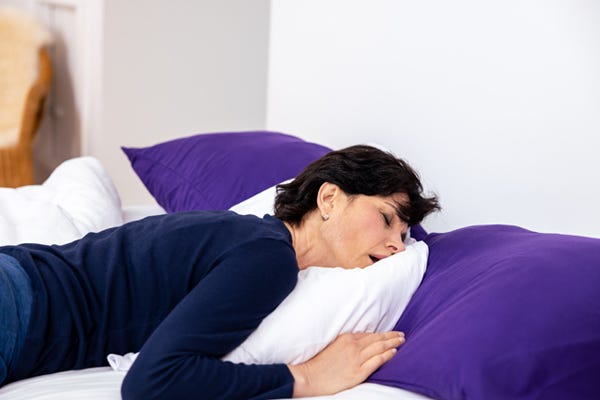

What Is Positional Therapy?
Positional therapy is training yourself to sleep in a medically healthful position for your unique set of contributing factors. It is done by manipulating your body position to best effect for your particular medical issues, ranging from OSA to lower back pain, neck pain, shoulder pain, and even helping pregnant women sleep a bit better.
For those with OSA, a change in position also means a change in blood flow, air flow, and sleep quality, which in its own right can be a helpful to combat symptoms of sleep apnea.
Positional therapy can reduce AHI (apnea-hypopnea index - the measure of severity of your OSA) but is unlikely to eliminate OSA on its own. This is particularly true for those with moderate to severe obstructive sleep apnea.
This therapy can be as simple as putting tennis balls in your waistband to make it uncomfortable to sleep on your back (Princess and the Pea-style.) It could also be more sophisticated through the use of belt-on cushions like the Sleep Noodle or other body pillows that help prop you up on your side.
It can be as simple as putting tennis balls in your waistband to make it uncomfortable to sleep on your back (Princess and the Pea-style.) It could also be more sophisticated through the use of a full body pillow, designed to provide plush support from your head to toe.
The Swan Body Pillow is ideal for those who like to sleep on their side or in the fetal position, keeping you securely in place so you don't keep yourself up tossing and turning. You'll stay in the best position to minimize snoring and sleep apnea, too.
What's the Best Treatment for Sleep Apnea?
Let's wrap up the pillow talk! If you suspect that you or a loved one is suffering from symptoms of sleep apnea, be sure to consult your doctor about the possibility of testing with a sleep study. If your suspicion turns out to be true and you are diagnosed with a sleep disorder, your medical team can discuss potential treatment options.
For sleep apnea, your doctors may recommend positional therapy, but likely in conjunction with another treatment, such as using a CPAP machine to improve airflow. The health benefits of facing OSA head-on are enormous for your cardiovascular system, even greatly reducing your chance of heart failure.
From CPAP to positional therapy, CPAPsupplies.com has what you need to get better sleep. You can count on us for expert advice about supplies and accessories to help you train and maintain the best sleeping position for sleep apnea, and help you find the high-quality gear you need for sleep apnea treatment!




